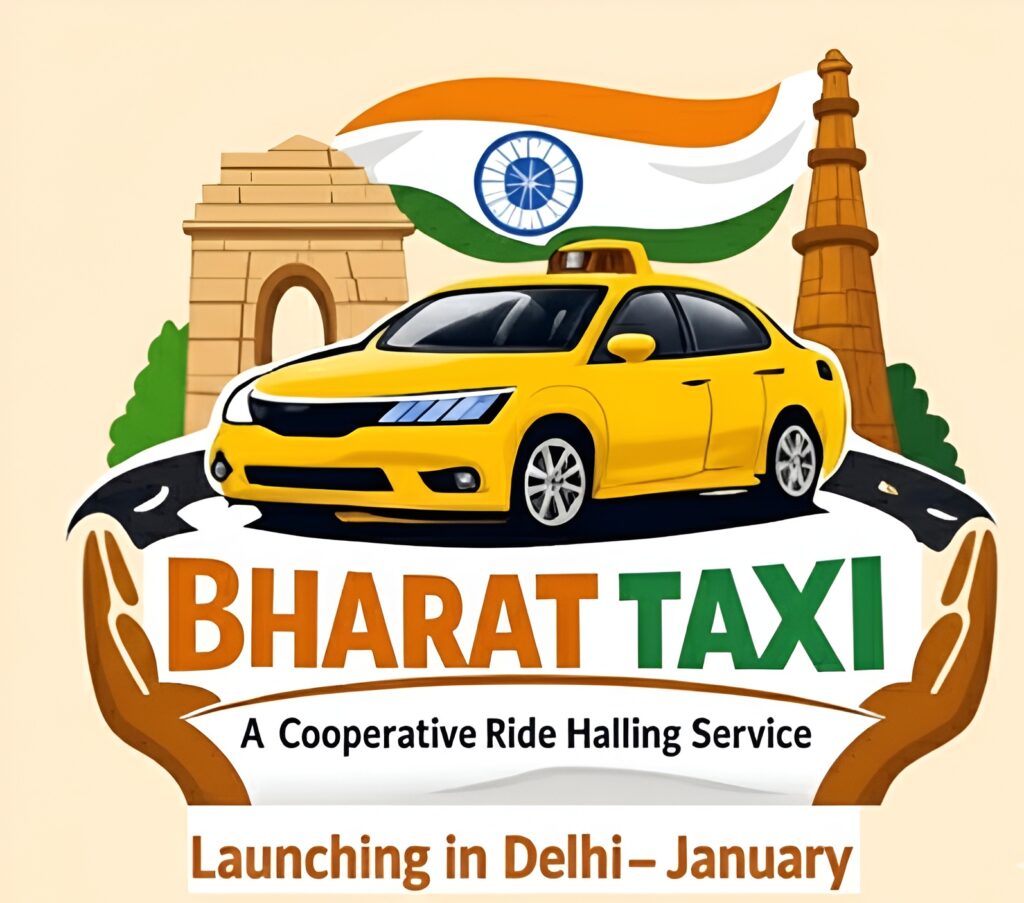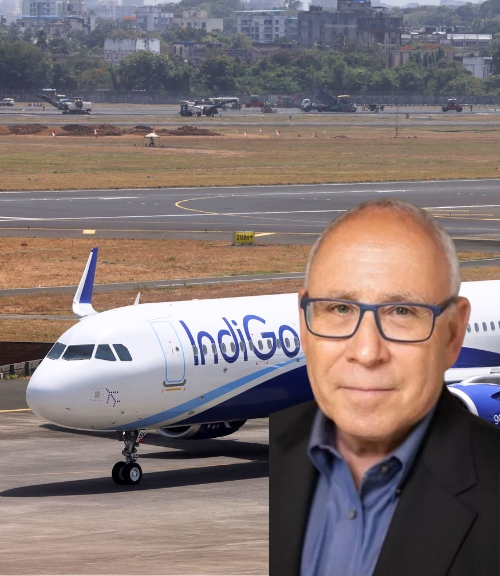Digital Marketing Trends in the GCC: 2025 Outlook on Creators,Commerce and Conversion Rates
- Industry Marketing New Trending News
- Entrepreneurs Story
- October 17, 2025
- 262
- 8 minutes read
Introduction
During 2025, digital marketing in the GCC region will be highly subjugated by AI-powered personalization, along with a movement towards micro and nano influencers, as well as the maturation of social commerce. Furthermore, the conversion rates will be motivated by strong data privacy, video-first content and flawless omnichannel experiences.
The initial norms of digital marketing are going through a seismic conversion which is driven by the convergence of thoughtful change into customer expectations and an superior Artificial Intelligence (AI). Moreover, the 2025-26 ecosystem demands a novel architecture for consumer engagement.
Core digital marketing trends within the GCC
Hyper-personalization and Artificial Intelligence (AI)
During 2025, increasing conversions will rely upon shifting beyond the fundamental A/B testing towards emotionally intelligent and privacy-compliant approaches.
- AI as chief infrastructure: Within GCC marketing, Generative AI is shifting beyond a sheer exhortation in order to become an initial tool. Thus, by 2025, around 74% of marketers were making efficient use of AI for performing tasks like segmenting audiences and developing content. The AI tools help in evaluating real-time behaviors of users to provide dynamic support, product suggestions, as well as customized content.
- First-party data approaches: The emphasis on the imminent obsolescence of third-party cookies, along with user privacy, is driving brands to invest in using and collecting first-party data. This, in turn, enables personalized experiences that develop faith without infringing on the privacy of the users.
Analytical personalization:
Machine learning and AI will allow hyper-personalization at scale. Moreover, brands could utilize predictive analytics in order to predict customer behavior and also serve customized suggestions throughout apps, websites, and emails, by maximizing conversion rates as well as engagement of customers.
Creator of economy and influencer marketing
- It has been observed that the most effective creators are creating various revenue streams that involve direct sales of physical and digital goods, exclusive content on platforms such as Patreon and WhatsApp, along with paid subscriptions.
- Augmentation of nano-influencer: The emphasis is on moving towards micro and nano influencers from mega-influencers who deliver more trusted and genuine engagement in the niche communities. This particular strategy is highly cost-effective and also increases the conversion rates.
- Community-driven commerce: The creators are converting from being merely entertainers to becoming essential nodes in the commerce and marketing channel. Furthermore, their influence is highly dependent upon brands in order to increase sales as well as develop integrity.

- Genuine and localized content: Customers within the GCC marketing, especially the youth, are being drawn towards content that reflects their local values along with communities. In addition, user-generated content (UGC), low-production and genuine video stories are achieving significant traction, with the UGC acting as a major driver of sales along with trust.
Conversational and social commerce
- Social platforms as storefronts: The line between online shopping and social media is fading. Moreover, platforms such as WhatsApp, Instagram, and TikTok are becoming vital retail channels, with local features that enable direct purchases, engagement, and exploration.
- Informal commerce: In the GCC, WhatsApp has evolved as a sales engine. Hence, the brands are utilizing it for one-on-one interaction, consumer service, flash sales, and product catalogs. Moreover, high open rates (around 90%) make it an efficient conversational and engagement channel.
- Live commerce: Live-stream shopping is acquiring significant traction, shifting product launches into interactive and real-time events. Thus, the brands utilize live stream platforms such as TikTok to generate buzz, connect with audiences, and serve limited-time deals.
Video marketing for conversion and discovery
- Short-form video supremacy: Platforms such as YouTube Shorts, TikTok, and Instagram reels continue to dominate. It is seen that for the marketers, short-form video is said to be the top-performing arrangement in 2025, delivering a powerful means to drive instant conversions and interact with brand stories.
- Shoppable videos: Immersive and interactive video formats are being preferred by the GCC audience. The brands are leveraging shoppable videos in order to generate flawless conversion towards checkout from discovery, majorly enhancing conversion rates and click-through.
- Silent video optimization: As much video content is being devoted without echo, optimizing for silent viewing plays a significant role. This includes utilizing apparent and robust narratives, on-screen text, and eye-catching visuals.
Optimized commerce experiences for conversion
The e-commerce market of GCC endures its speedy expansion, planned to reach $30.6 billion in revenue during 2025. The future is defined by incorporated and incorporated shopping experiences.
- Omnichannel incorporation: Omnichannel, incorporating flawless consumer journey, in-store touchpoints, mobile, and online, is regarded as the winning approach for 2025. This strategy has led to significant increases in both conversion and engagement rates within the province.
- Mobile-first experience: With the tremendous diffusion of high mobile, a mobile-first approach is non-negotiable. This involves optimizing apps and websites for speed, frictionless in-app checkout procedures, and spontaneous routing in order to prevent abandonment of the cart.
- Immersive experiences: Augmented reality (AR) is being utilized to improve shopping experiences towards interactive previews for home décor, from virtual try-ons for beauty goods. Hence, such experiences help in increasing the conversion rates, consumer satisfaction, and self-assurance. These immersive approaches help in maximizing the confidence of customers and could maximize the conversion rates by 40%.

Architecting the Unified consumer experience
- Within the multifaceted digital landscape of 2025-26, consumers do not recognize channels, while they recognize a single brand. Moreover, a incoherent experience where a social media communication is detached from a follow-up email serves a diverse promotion as compared to websites which generates resistance and reduces trusts by driving consumers away.
- A tactical strategy is to shift beyond a mere multichannel existence where numerous platforms are being utilized in isolation towards a justly incorporated cross-channel approach.
- This includes architecting a combined consumer experience where each touch-point is constant, linked, and leads towards a single rational consumer journey.
This needs a planned dedication towards brand constancy along with a strong technological basis able to unite consumer data through the firm.







